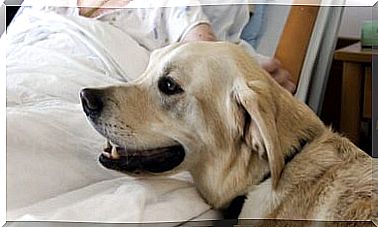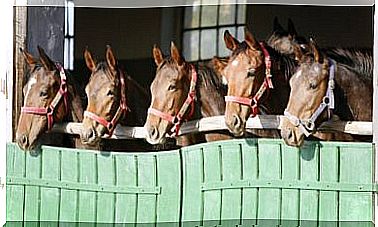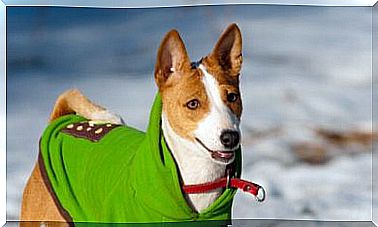Do Dogs Feel Love? What Does Science Say
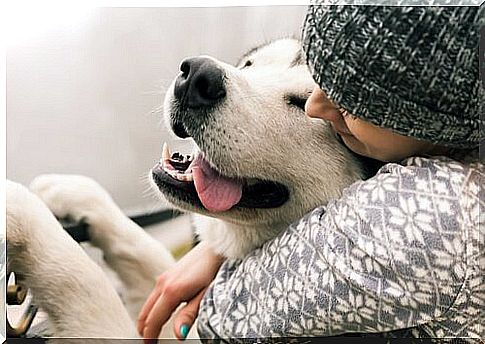
Everyone who has ever shared life with one of these animals knows it: dogs feel love. It is a pure and selfless feeling with them.
Still, there are many people who consider this a fairy tale. Others assert that after so many centuries of taming, it is an inferior species. It is nothing but an acquired behavior with which the dogs “earned” their living.
So much more than love
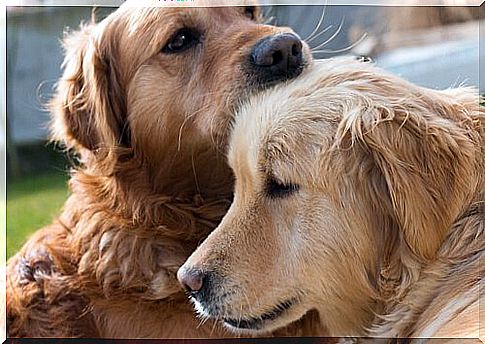
It is true that many of the good feelings our dogs have – their willingness and selflessness towards their owners – were underestimated until recently.
Scientists claimed that there were no real feelings behind our dogs’ loving behavior.
This is how scientific studies began
However, since ethology was invented in the twentieth century, it has explored the subject more profoundly. By the way, ethology is the science that studies the behavior of animals.
The results are not yet accepted by many. It has been shown that dogs can very well feel love. They also know other feelings, such as joy or sadness. They can also easily recognize these emotions in their fellow species. Logically, they read in people’s minds as well as in a book.
The brain activity of these animals is not limited to providing simple responses to positive or negative stimuli.
What is most surprising is that the processing of emotions is basically as complex as it is with humans.
Oxytocin: the “hormone of love”
One of the most revealing discoveries was that dogs (and cats!) Produce oxytocin. This hormone helps activate a series of neuronal circuits. They are associated with pleasant feelings such as loving.
The presence of this chemical in the brains of animals and humans is also essential for the development of a healthy mother-child relationship.
In domestic dogs , the substance has a decisive influence on the friendly and social character that the majority of these animals display. It is also important for the confidence that you will develop towards your master or mistress.
Dogs feel love, but only for those who deserve it
Furthermore, ethologists, neurobiologists and other experts found that dogs are free to measure their love.
By that we mean that some animals are just smoother than others. But that doesn’t mean that the more affectionate dogs are suitable for everyone.
Those owners who use violence to “raise” their dogs, or who often abuse them, create fear and terror in their animals, but not love.
Family and pack: one and the same concept
Despite a few unfortunate exceptions , most families who adopt a dog allow the animal to participate fully in family life. Sometimes the fur noses enjoy even more privileges than the people with whom they share their home.
Dogs also adore their owners. After all, this is her pack, her family. Because of this, strong emotional bonds are created that everyone involved can feel.
There are dogs who are really ready to sacrifice their lives for their masters or mistresses. It’s not just a hollow phrase.
Dogs feel love as well as happiness, sadness and jealousy
The ethologists try to decipher the feelings of our pets. What is behind love and affection?
After years of research, it has been found that dogs are able to sense happiness and sadness depending on the stimuli from their surroundings. In the same way, they are also able to identify the state of mind of people.
If someone in the surroundings of the dog is visibly saddened, the natural instinct urges the fur nose to give help and support. This even works with strangers whom the dog does not “love”.
An infectious laugh can create the opposite effect in the dog. When the people around him are happy, the dogs appear to be smiling too.
Just like with humans, there is a feeling that dogs cannot hide: jealousy.
How dogs express their love
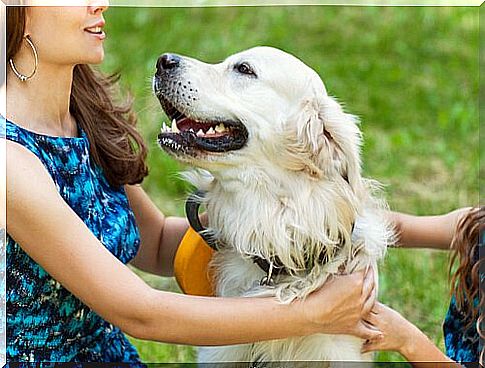
Many dogs express their infatuation in a variety of ways. The most obvious sign is the frenetic wagging of the tail when greeting the loved one. Other typical signals include licking hand and face and the constant invitation to play.
If a family member is sick , the dog will not move from the patient’s side of the bed.

